When Amy Newton started having memory issues at the age of 34, she put the tiredness down to “mummy brain” caused by the stresses of juggling two small children with a full-time job.
Even when she suddenly lost all sensation down one side of her face and tongue, she convinced herself it was a trapped nerve, and was determined to carry on as normal.
But when her husband Peter insisted they go to out-of-hours at Ninewells Hospital amid fears that she may have a bleed on the brain, it took just three weeks for her to be diagnosed with Multiple Sclerosis (MS) – a lifelong condition that affects the brain and/or spinal cord.
“It was a relief to find out because when I went to hospital for my MRI scan, I walked into hospital in the morning, and by the afternoon I couldn’t walk,” recalls Amy, now 47, of Dairsie, Fife.
“This scared me terribly. I was being sick. I had optic neuritis by this point and motion sickness and all the rest of it.
“I couldn’t sit up. I didn’t eat for ages. Every time I sat up I’d be sick. I was starving. I love my food!
“I just couldn’t eat. Eventually they did a lumbar puncture. They did hundreds of blood tests. You come out looking like a pin-cushion – black and blue – to rule out things like Lyme Disease, MND and other infections.
“It’s by elimination I think and along with the MRI scan, it showed multiple areas of inflammation on the brain.”
What impact did MS diagnosis have on the working mother-of-two’s life?
The St Andrews-raised Abertay University behavioural science graduate had been a fit and active working mother.
She worked with young offenders on behavioural programmes, and loved going for long hill walks at weekends with her young family.
Yet just three weeks after her first symptoms, she left hospital using a Zimmer frame and had to stop working.
Her husband kept his job initially. But when Amy started falling a lot, he became her carer.
Amy praises her network of friends in Dairsie.
If she couldn’t make it to the school gates to collect her then primary school age children, they’d rally round and bring them home.
But what concerned her most in those early days was how to explain to her children that life couldn’t be the same again.
That’s what inspired her to come up with a special MS kit to simulate the exhausting weight of carrying limbs that feel like they’ve been filled with concrete “24/7”, and the loss of sensation in her fingers.
The kit also simulates the impact of optic neuritis which periodically distorts her vision.
Trying out the MS kit to gain an insight
With MS Awareness Week upon us, I meet Amy on a Wednesday afternoon at the Greyfriars Inn on North Street, St Andrews.
She challenges me to try out the kit and experience a simulation of what it’s like to live with MS.
When I arrive in the busy pub, Amy has various items already laid out on a table.
There’s a dozen wooden spoons, which she uses to explain Miserandino’s ‘Spoon theory’.
Blogger Christine Miserandino coined this phrase in 2003 as a way to express to a friend over lunch how it felt to have lupus.
Amy used this method to demonstrate to her children how many units of energy she had used up through everyday mundane tasks – eventually ending up with no ‘spoons’ as her energy levels depleted.
However, it’s when she straps heavy training weights to my arms and ankles, fits me with close-fitting gardening gloves and asks me to put on a special pair of goggles, that she says I’ll experience the closest thing to the MS symptoms that she regularly puts up with.
What tests does Amy set to simulate MS?
At first, Amy sets me a number of simple tasks.
She asks me to read a page from a book that she’s brought with her.
That’s no easy task when your vision is suddenly fragmented into a kaleidoscope of distortion.
Even holding the page to within inches of my face, it’s difficult to read.
She asks me to pour water from a kettle into a cup.
Convinced I’m doing ok, I fail spectacularly as the water misses completely, soaking the table as Amy laughs and tells me to stop.
Then, she challenges me to go to the bar to order a couple of drinks, to be paid for using her bank card. The pin number is written on a piece of paper.
Losing all depth of vision and feeling like I have vertigo, I gingerly make my way through the busy bar.
With severely distorted vision that might ordinarily take someone at least five pints of Guinness to achieve, I reach out to find the edge of tables to guide me, but realise that with the gloves on, I have no sense of touch.
Reaching the bar, and conscious, even through the goggles, that customers are staring at me perplexed, I ask the bar staff – who have been briefed – for two Cokes.
Reading the pin number is a challenge, and on my first attempt, inputting it to the card machine fails due to my poor vision and thick fingers.
However, on the second attempt I succeed and, retracing my steps using the edge of the bar as a handrail, I make it back to my seat, feeling queasy and somewhat relieved.
A short while later, we take a walk along North Street towards the New Picture House – again to simulate how challenging it is to negotiate everyday streetscapes when your limbs feel like dead weights and your vision is so distorted, it makes you feel dizzy.
Of course, when someone has MS for real, the symptoms are largely invisible, which is why Amy thinks raising MS awareness is such an important campaign.
How useful is the MS kit for education?
“What you’ve experienced is the MS kit which was developed by myself when I first got diagnosed,” she explains.
“You’ve got the weights on your arms which signify the fatigue you get in your limbs, which isn’t tiredness – it’s the heaviness which you have all the time.
“With MS, some of the symptoms come and go but the fatigue, cement-like feeling in your limbs, it stays.
“The gardening gloves simulate reduced sensation in your hands.
“You get loss of sensation in all your body. You can’t detect texture, surface, wood, glass.
“Then there’s the goggles – the piece de la resistance – these simulate optic neuritis which is one of the common symptoms of MS. Those symptoms, for me, come and go.
“But what the kit can’t simulate is the pain.
“It feels like barbed wire being pulled through your veins backwards.
“It’s caused by the nerve atrophy and it can cause burning and it feels like your feet are on fire but they are cold to touch. Your legs are the same.
“Pain like you’ve walked up a huge hill.
“Like when your muscles are at screaming point.”
MS more common in Scotland
Fourteen years on from her diagnosis, Amy’s own children are now 19 and 22. She’s also become a grandmother.
But as MS Society Fife branch co-ordinator, she regularly takes the kit out to schools and has been invited to the Scottish Parliament as part of MS Awareness Week.
According to the MS Society, there are over 15,000 people with MS in Scotland. This makes MS more common in Scotland than most other countries in the world
With more than 900 MS cases in Fife alone and the most common age for diagnosis being 34-45, she hopes it’ll help more people understand the debilitating nature of the condition.

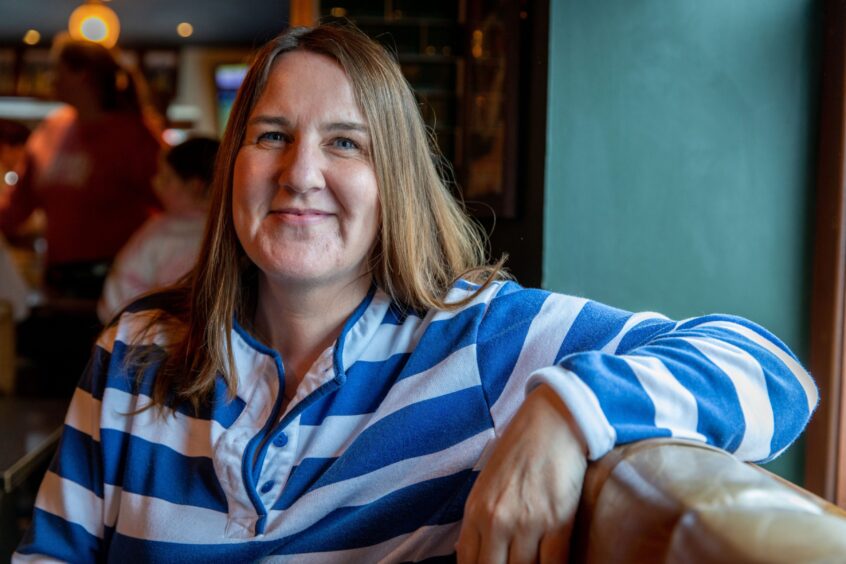

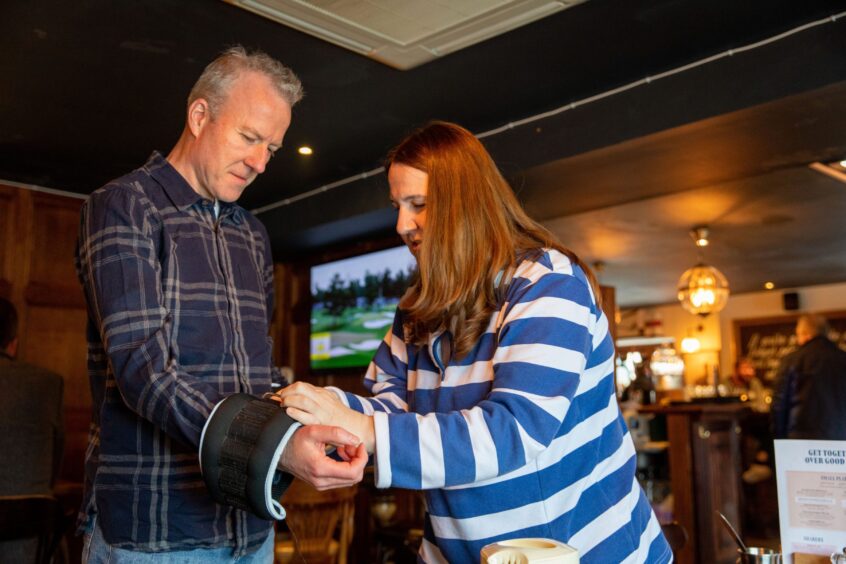
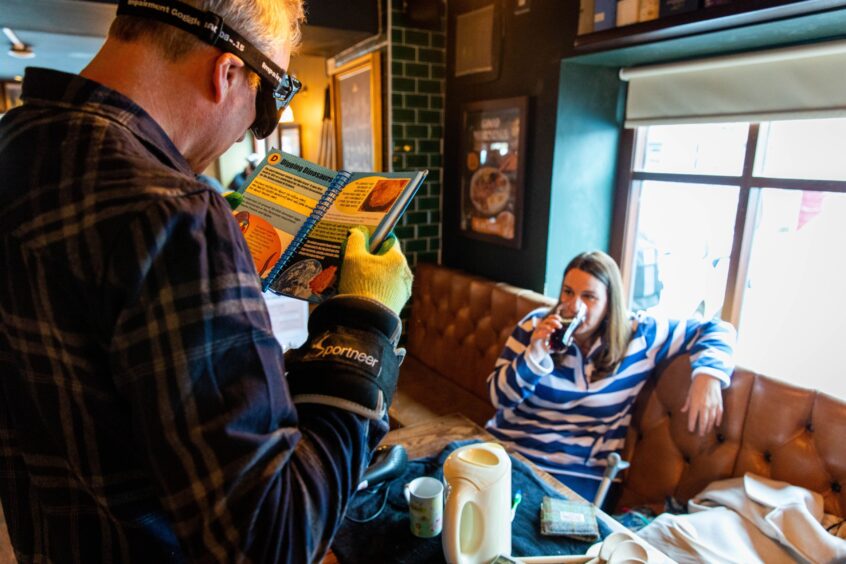
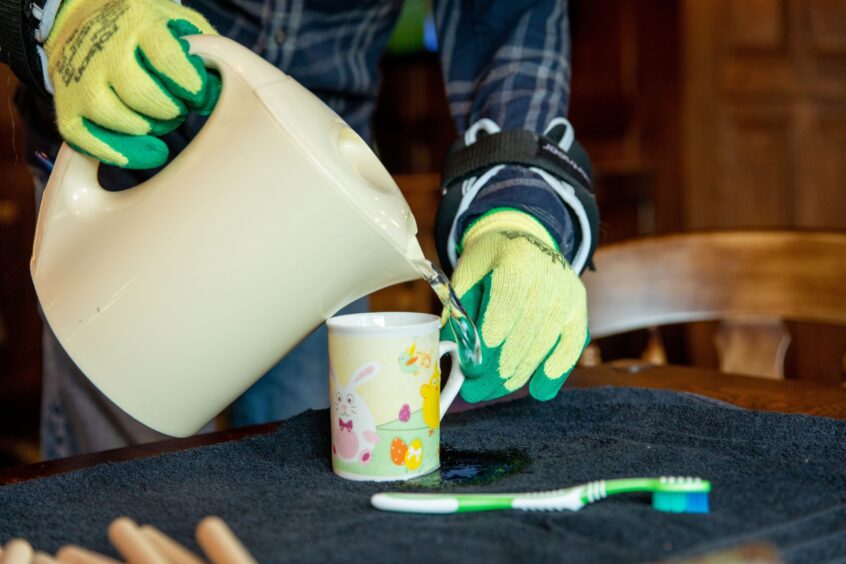


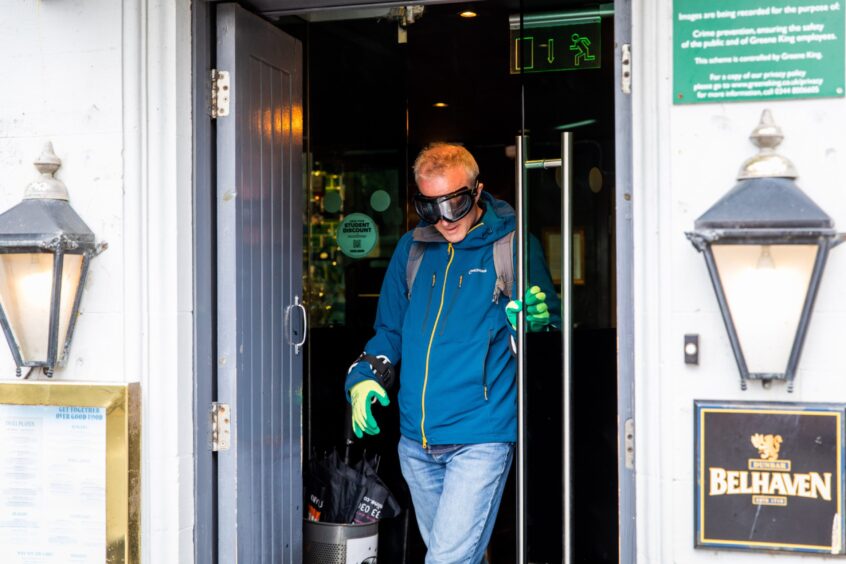
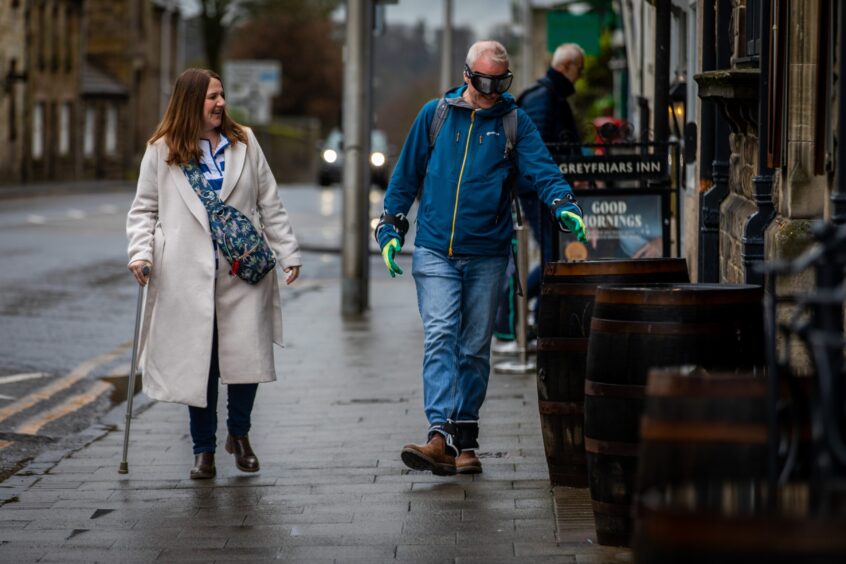
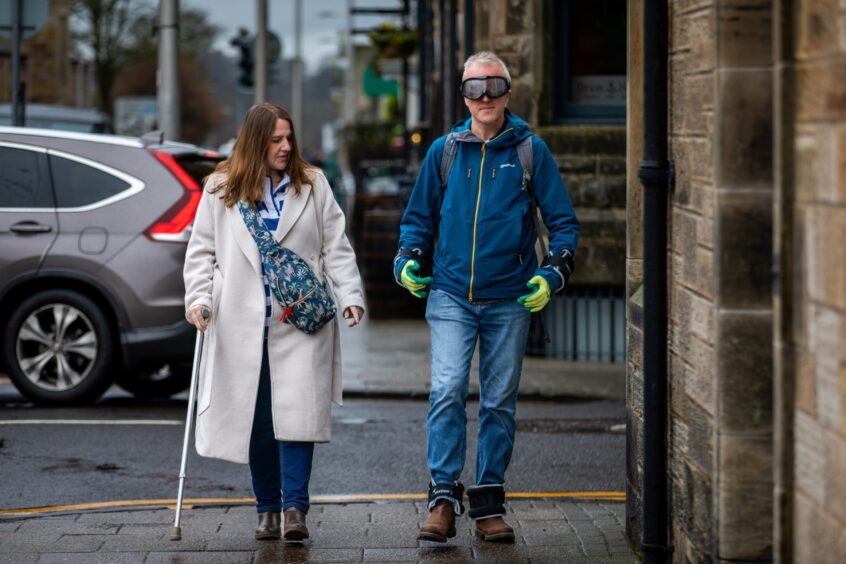

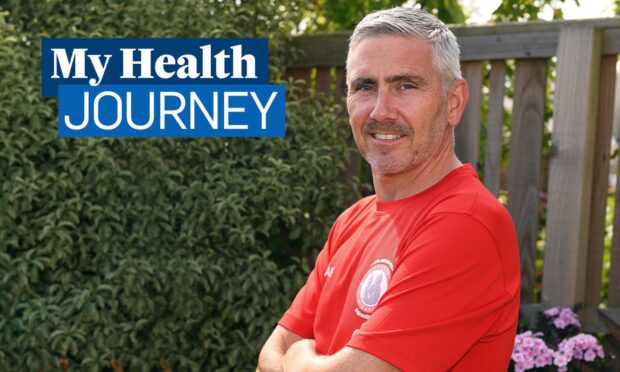
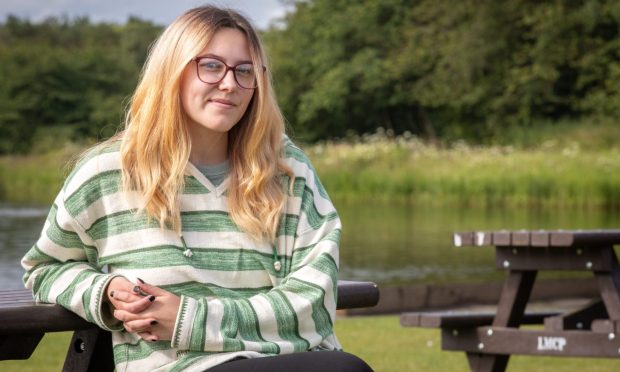
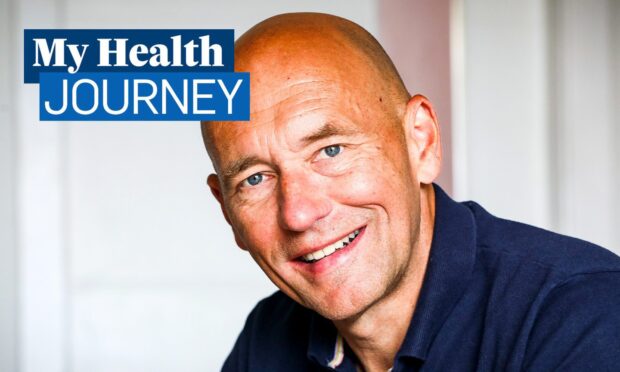
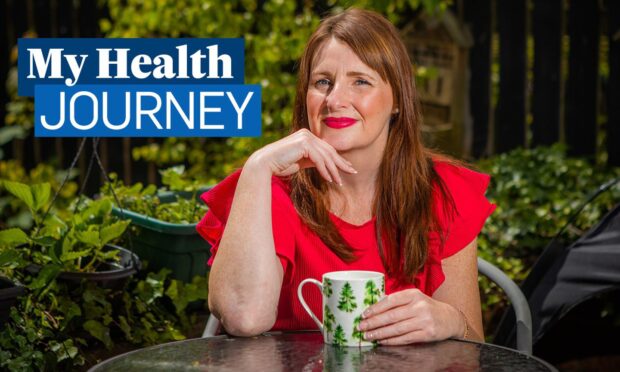
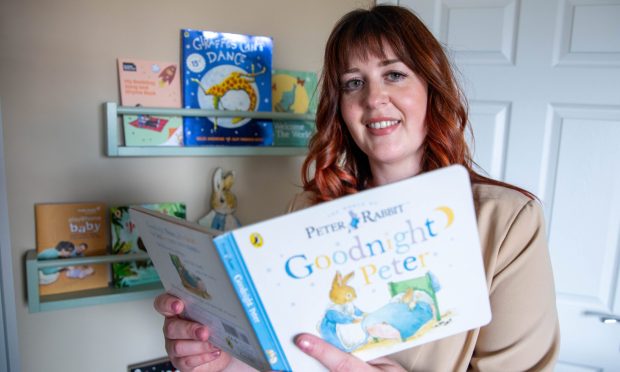
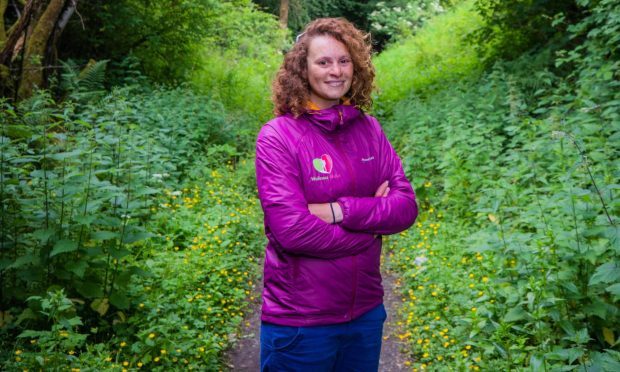
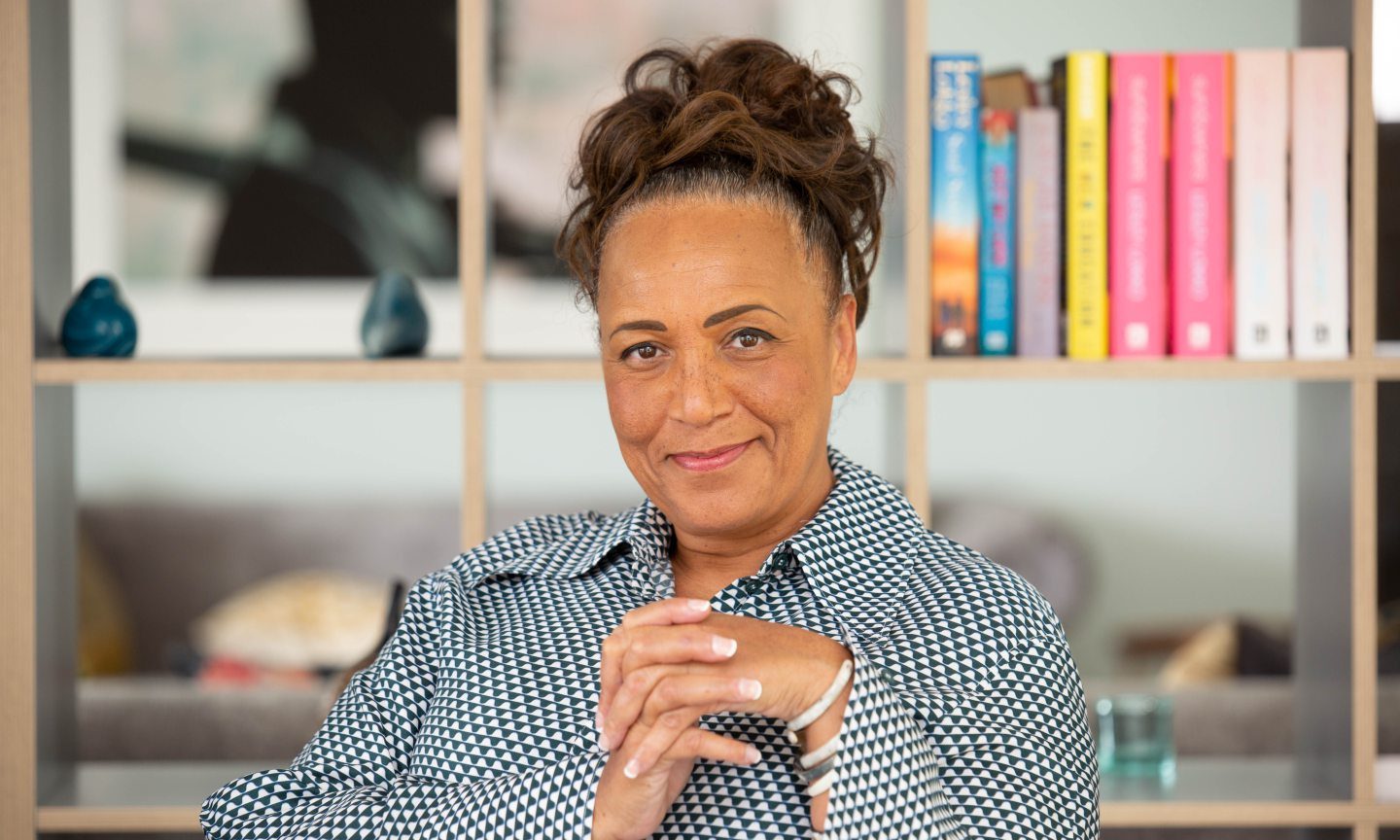

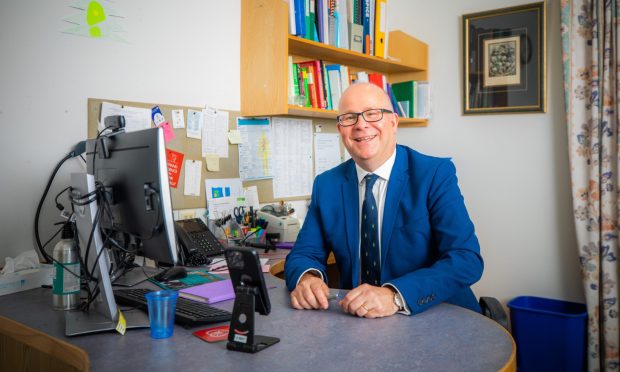
Conversation